HOME IN FOCUS
Lifts need care too
A spate of lift malfunctions last year led to maintenance and safety regulations being tightened by the Building and Construction Authority for the 6,000 escalators and 63,000 lifts in Singapore. As they come under the public eye, The Straits Times turns the lens on how Otis - one of the foremost manufacturers of lifts and escalators in the world - takes care of its installations.
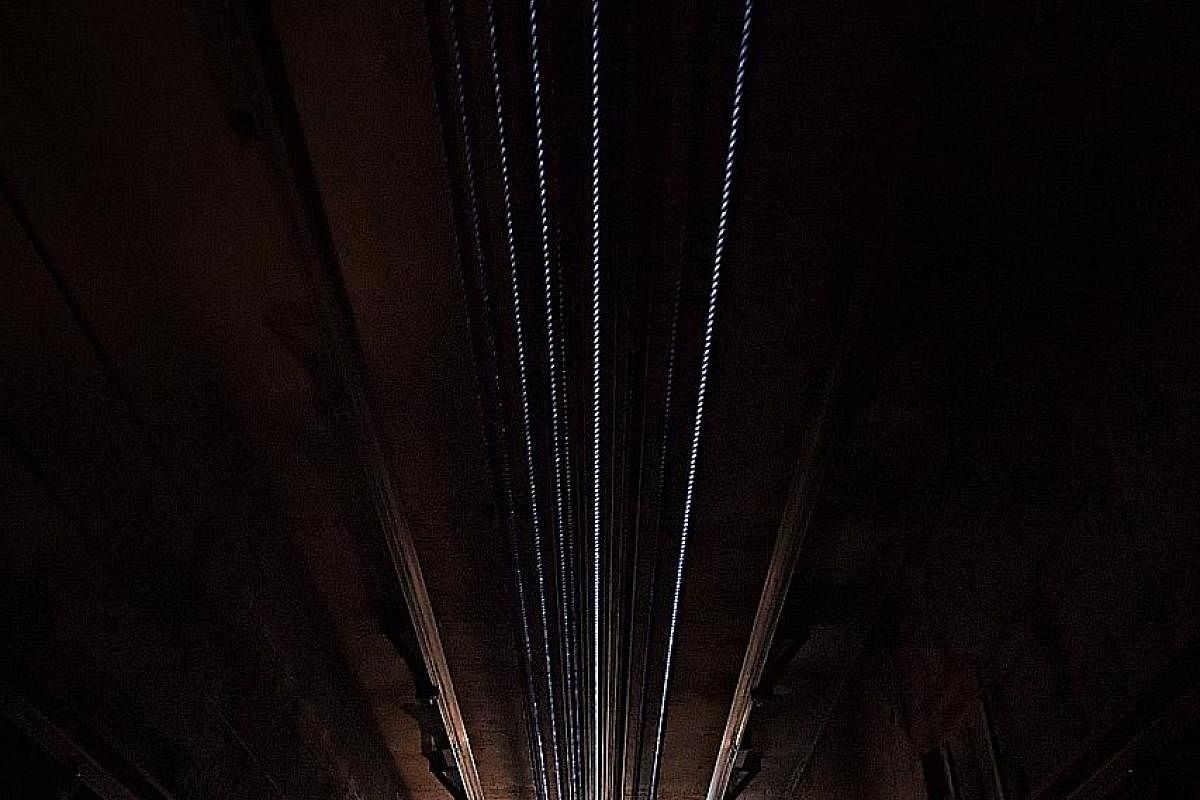
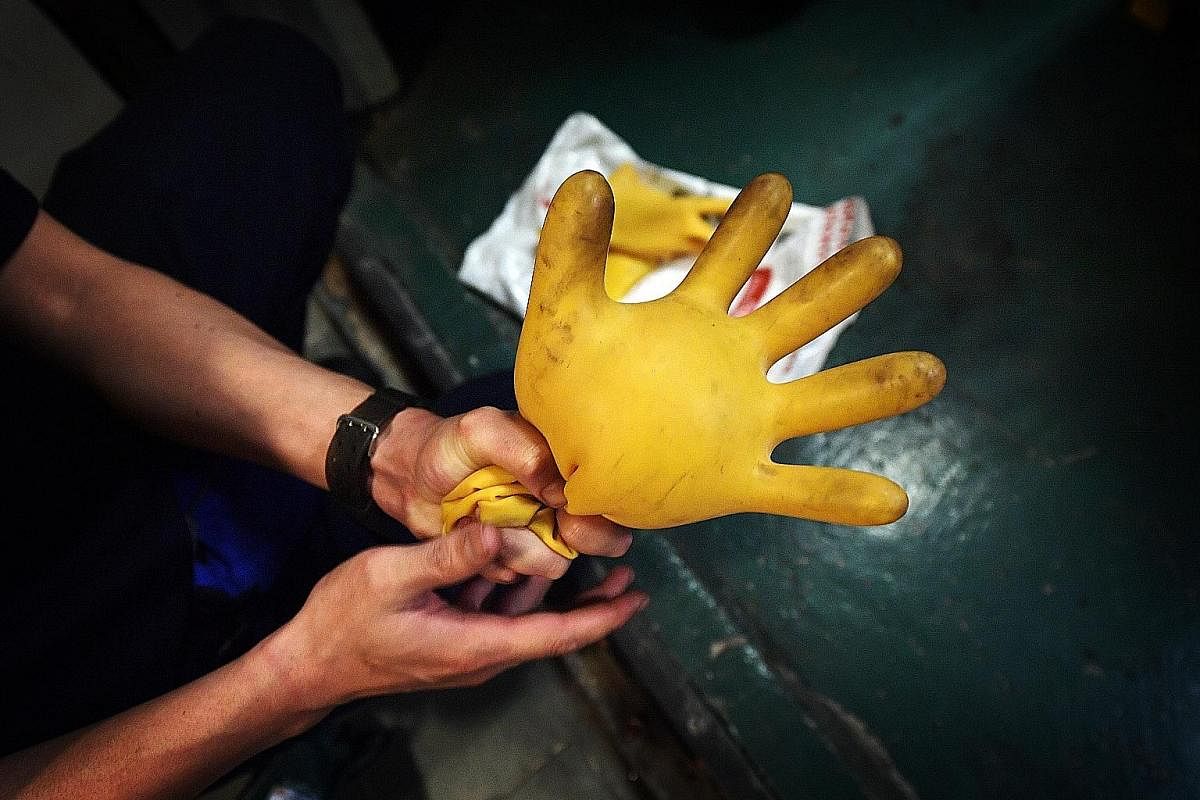
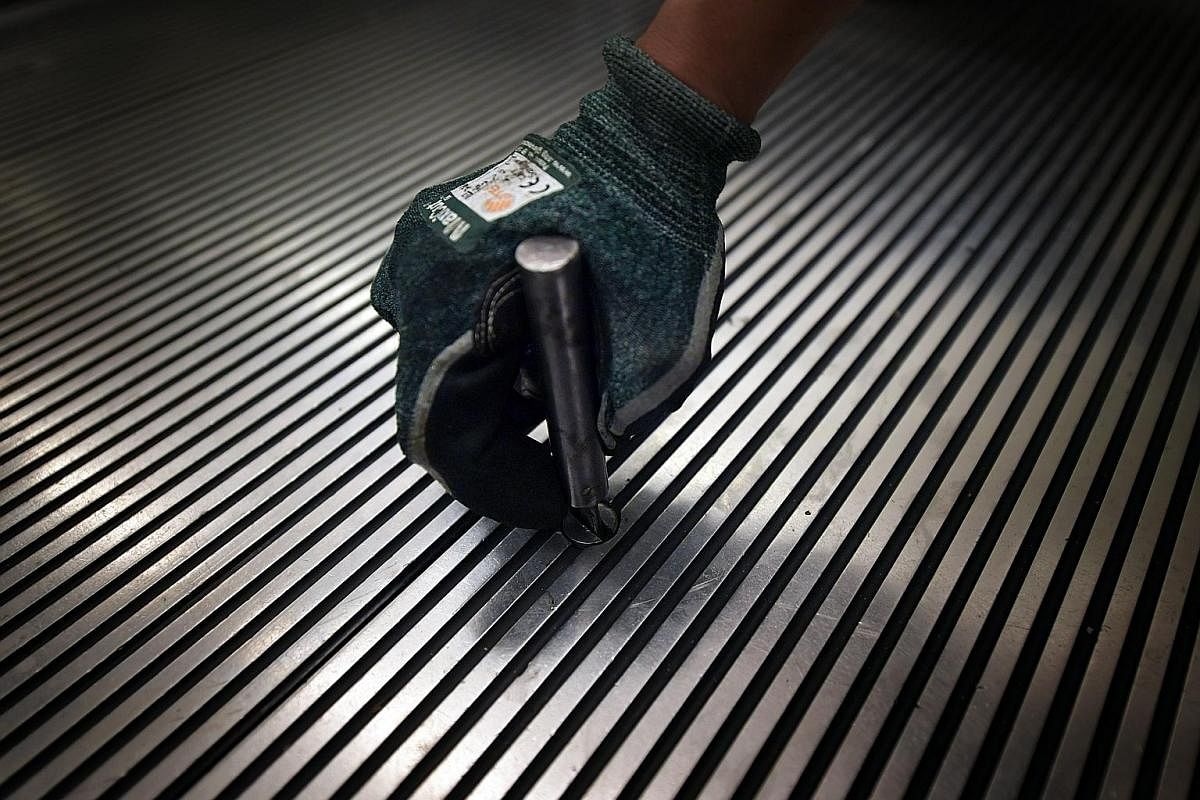
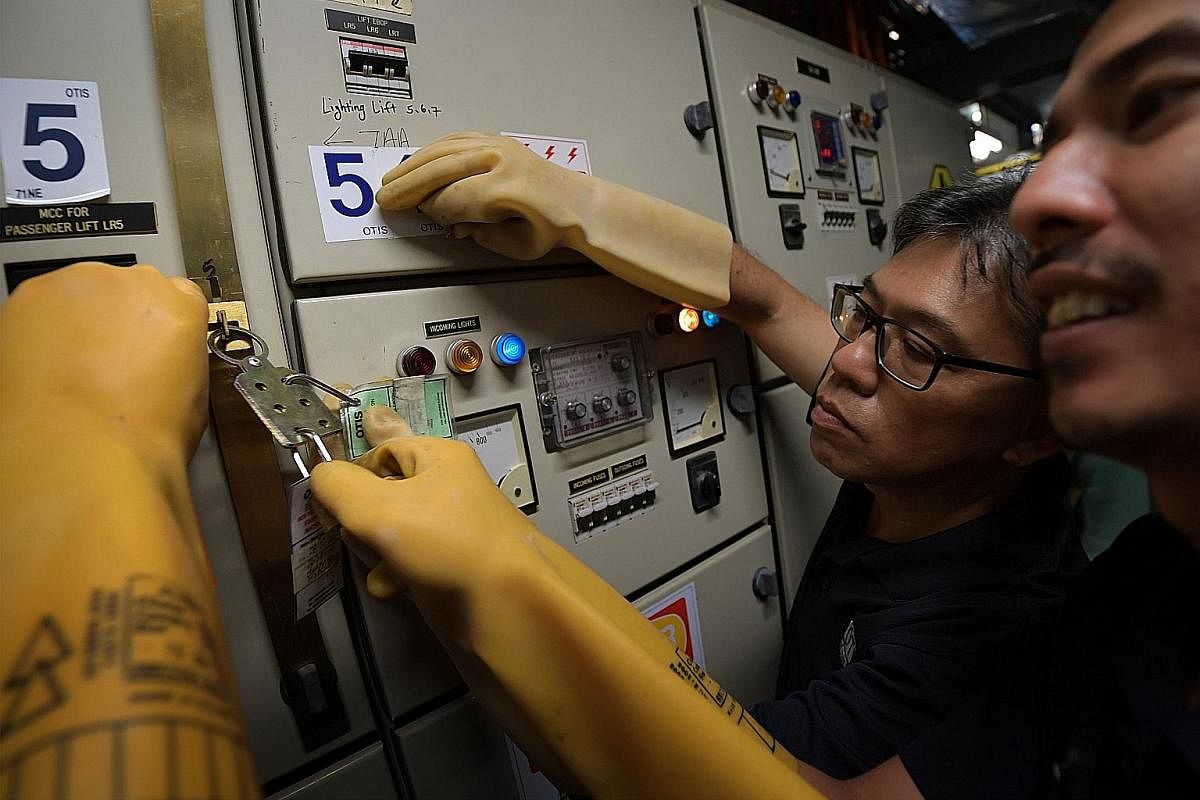
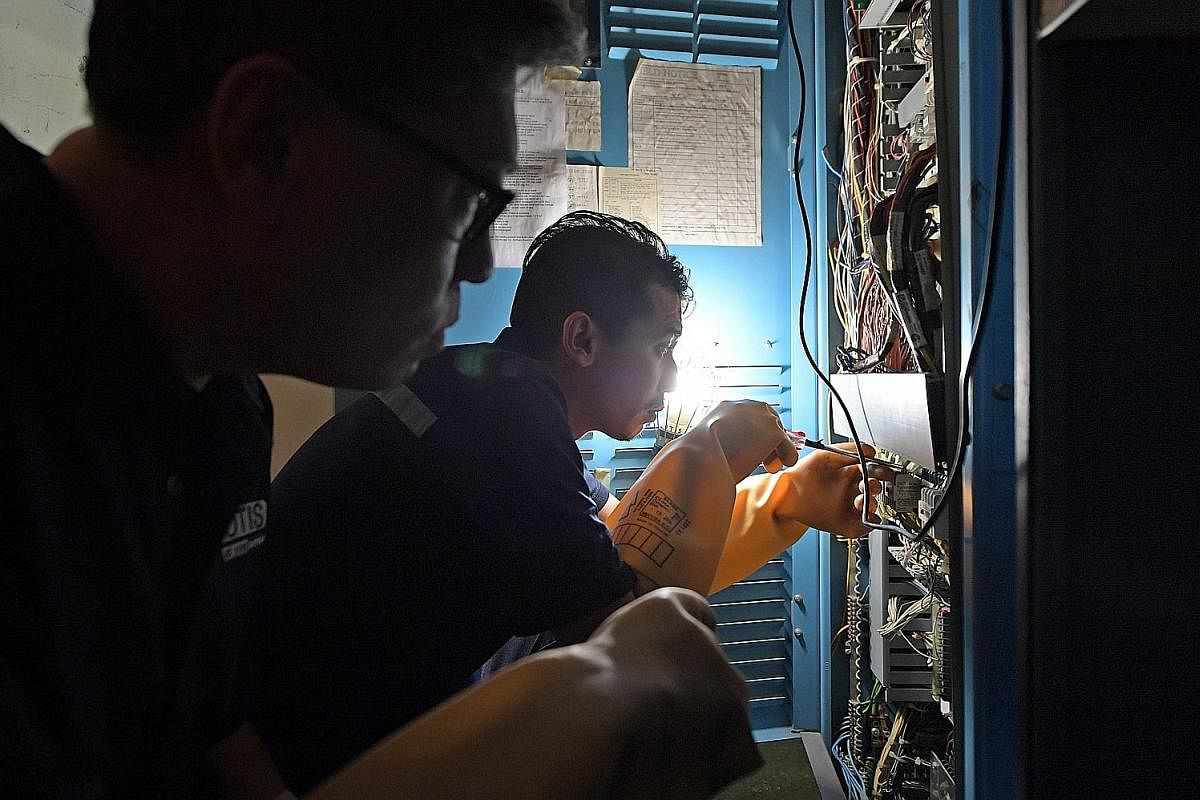
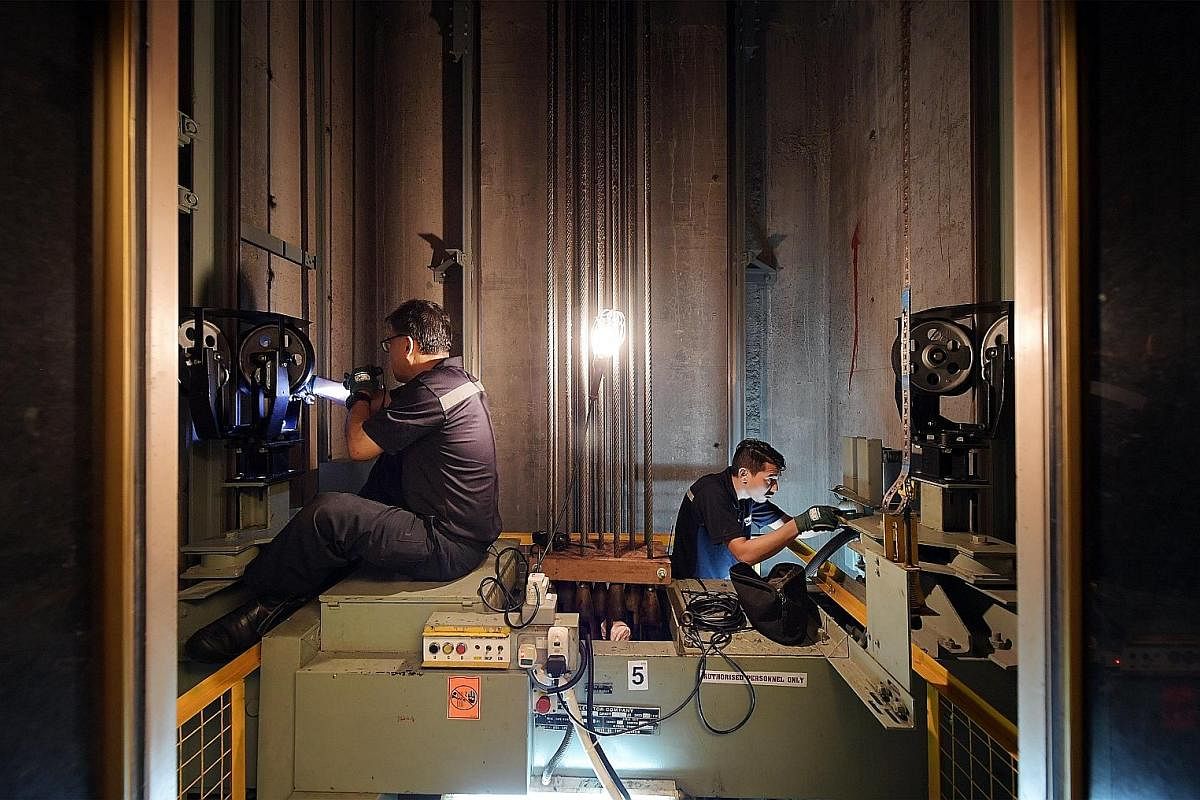
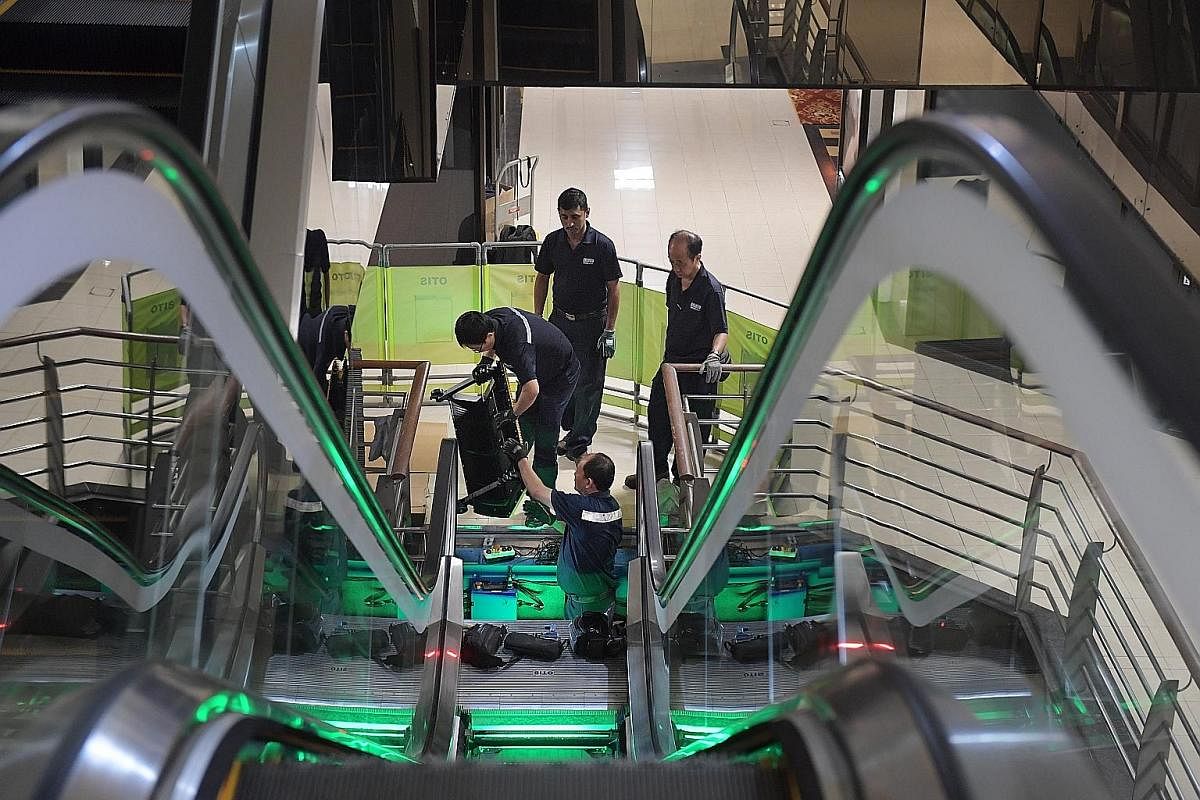
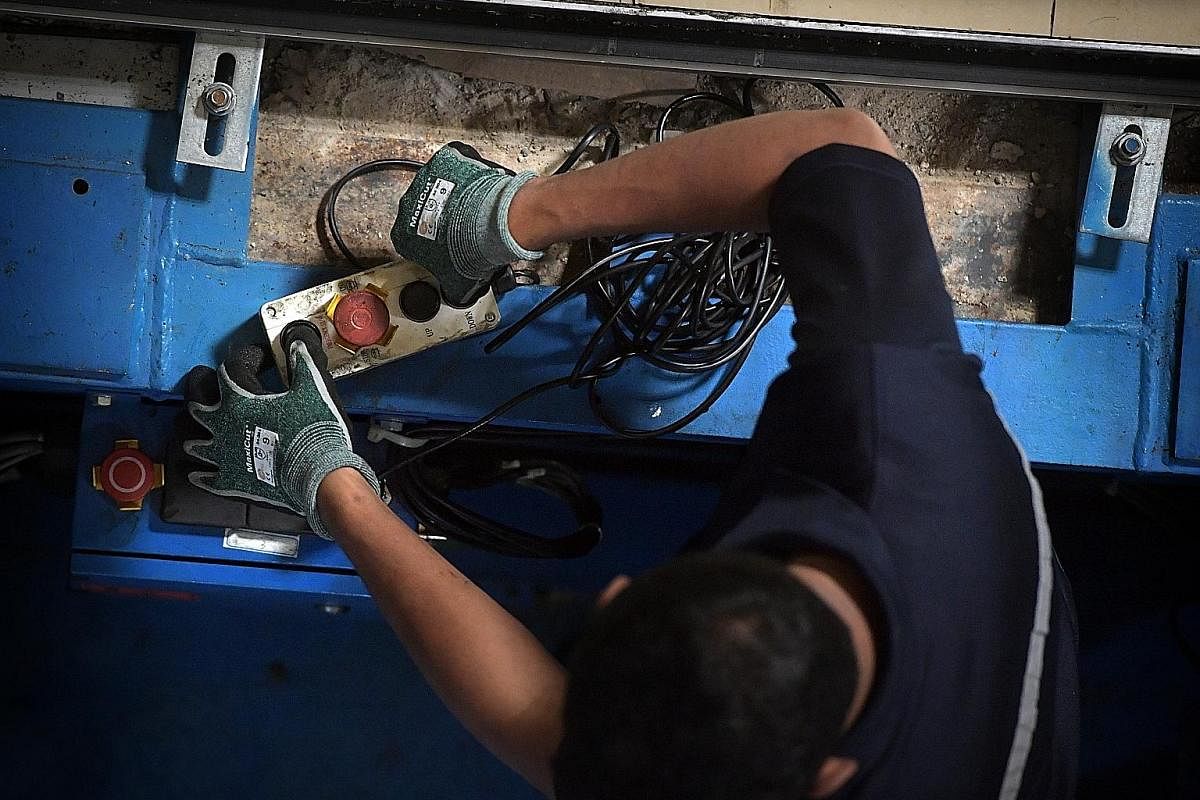
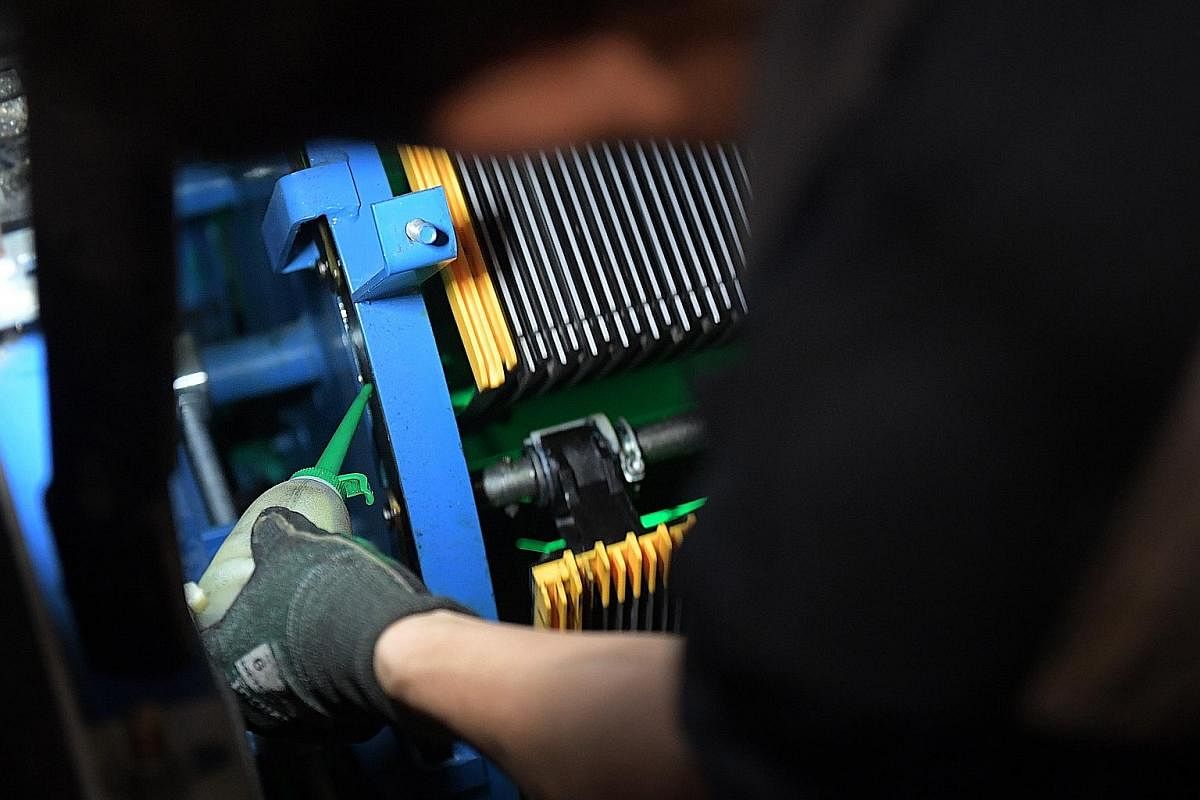
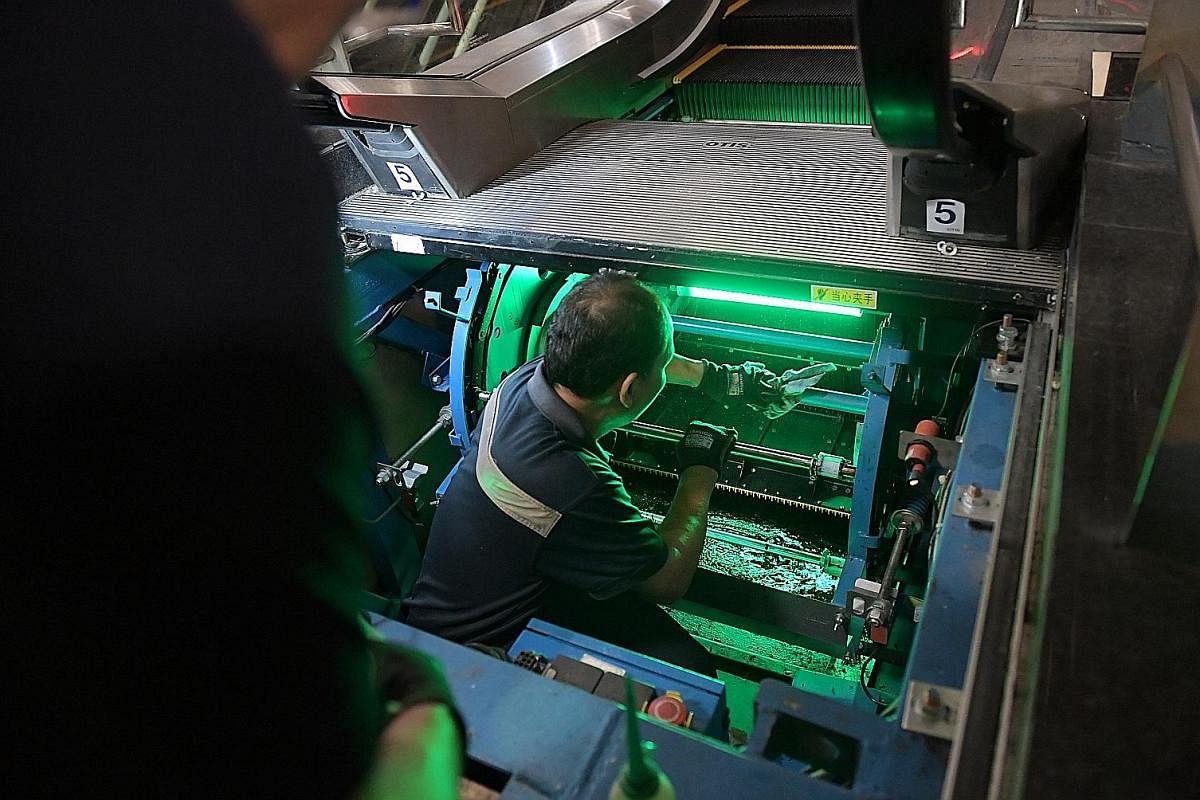
After lunch, the 280m-tall Republic Plaza is bustling with people returning to work. With 15 double-deck lifts serving 66 floors, the elevators give off an almost continuous whirr and chime as they come and go.
Designed to save space, double-deck lifts, which are made up of two stacked cars in a single lift shaft, let people board at odd and even floors simultaneously.
At the heart of this activity, Otis service foreman Hou Heng Choon, 57, and technician Mohd Iskandar Mohamad Sopi, 31, are in the lift motor room preparing to shut down one of the lifts for its scheduled inspection.
The procedure is strict, reminiscent of a missile launch sequence in the movies - except in reverse.
Safety checklists are completed. Thick, rubber gloves are examined for leaks and then put on.
"Power off," shouts Mr Mohd Iskandar.
"Power off," confirms Mr Hou.
The breaker is tripped, and both men shackle it to prevent anyone from turning it back on as they inspect the high-voltage electrical components in the room.
That done, they undo the locks, turn the breaker back on, and move on to the next part of their work .
This involves hitching a ride on the top of the lift car as the two men go from floor to floor, checking the moving door parts at every landing to ensure that they are all working smoothly.
The day ends in the lift pit, where they inspect the lift buffer, a device designed to reduce the impact should the lift car fail to stop at the bottom-most floor.
With thousands of lifts and escalators of various types and brands in Singapore, technicians such as Mr Hou and Mr Mohd Iskandar are kept busy through the day, as maintenance is scheduled around the tenants' usage patterns.
A routine double-deck lift inspection takes two to three hours - longer if the technicians have to perform repairs or retrieve items that have fallen into the pit.
The tightening of lift and escalator maintenance and safety regulations by the Building and Construction Authority includes strict specifications that a lift may move only when its doors are closed and locked, and that cars must stop within 10mm of the floor.
Having worked with Otis for 25 years, Mr Hou was once responsible for testing and commissioning lifts according to regulatory requirements and customer specifications, before the lifts could be turned over for public use.
Attached to Republic Plaza as a foreman since 2005, he is familiar with stray items that can clog the lift door sills - stones, keys, even food.
Users who try to keep lift doors open with foreign objects also risk misaligning the doors and disrupting the sensors, he says.
His main concern, however, is for escalator user safety.
"Technicians have procedures that keep us safe, but users tend to take safety for granted," he says.
"On an escalator, soft rubber shoes could get caught between moving steps," he notes.
"Passengers balancing baby strollers on the steps by the front or back wheels; children running up and down without holding on to the handrails... all these things are very dangerous."
Join ST's WhatsApp Channel and get the latest news and must-reads.
A version of this article appeared in the print edition of The Straits Times on March 13, 2017, with the headline Lifts need care too. Subscribe

